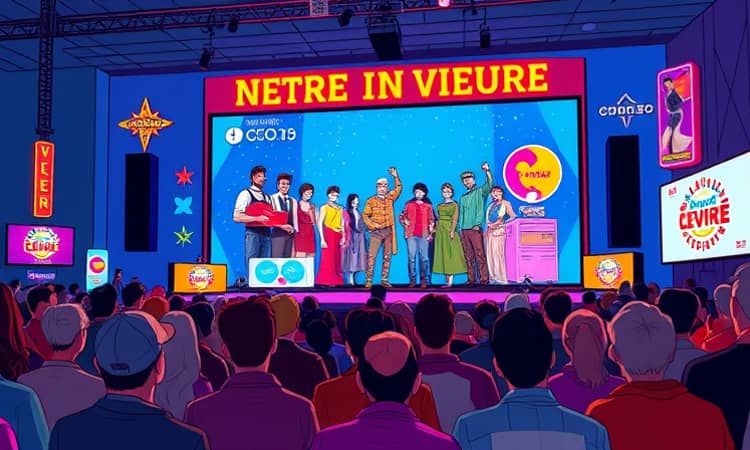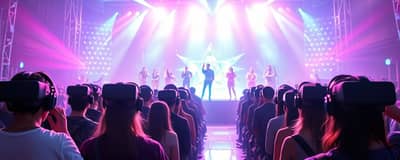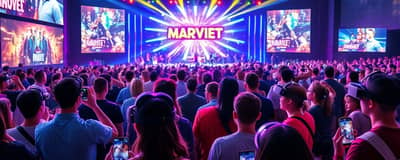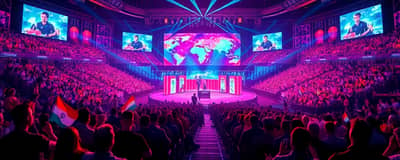In today’s fast-paced media landscape, reconnecting audiences with the past can be a masterstroke. By weaving familiar themes and symbols from bygone eras into fresh content, entertainment brands ignite powerful emotions. This guide explores why nostalgia marketing resonates so deeply and how to harness its magic.
The Psychology Behind Nostalgia
Nostalgia is more than fond memories of childhood cartoons or classic films. It triggers strong emotional regulatory capabilities by offering a psychological safe haven. When viewers feel overwhelmed by uncertainty, familiar images and sounds transport them to simpler moments.
Researchers have found that recalling cherished experiences can boost mood, foster social bonds, and provide perspective. This comfort in familiarity during change not only soothes anxiety but also elevates engagement when audiences encounter a well-timed callback to a beloved franchise or era.
Statistical Evidence of Success
Concrete data underscores the potency of nostalgia marketing. From increased purchase intent to viral reach, the numbers reveal why entertainment brands keep revisiting their archives.
By leveraging these insights, marketers can predict how deeply a nostalgic campaign will resonate and how it translates into tangible ROI, including revenue increases of 3-5% per campaign.
Targeting Generations with Precision
Effective nostalgia marketing hinges on understanding generational touchpoints. Audiences are often most moved by eras one generation before their own. For example, millennials (born 1981–1996) frequently feel nostalgic for 1970s and 1980s pop culture, while Gen Z (born 1997–2012) often romanticizes the 1990s and early 2000s.
This phenomenon emerges because consumers process memories through a lens of personal growth—often when they first encountered a story or song. By focusing on a cohort a generation removed from the era, brands can maximize emotional impact.
Strategic Implementation in Entertainment
- Reboots and Revivals: Relaunch classic series with updated visuals and storytelling
- Retro Gaming Releases: Introduce modern consoles loaded with vintage titles
- Curated Music Playlists: Blend decade-specific hits with contemporary tracks
- Limited Edition Merchandise: Recreate toys, posters, and collectibles in original packaging
- Crossover Events: Unite characters from different generations in special specials or films
Real-World Applications and Case Studies
- Nintendo’s mini consoles reignited passion for 8-bit classics while appealing to new players
- Streaming platforms reviving cult-favorite series alongside original spin-offs
- Film franchises blending legacy characters with fresh faces under modern direction
- Musicians sampling iconic tracks to evoke collective memory across ages
These examples demonstrate how brands can authentic cultural touchstones for deep resonance rather than relying on superficial callbacks. In each case, balancing respect for the original with compelling new elements creates a winning formula.
Crafting Nostalgia Campaigns That Resonate
To ensure authenticity, collaborate with original creators or consult fan communities. Allow space for balances old and new effectively by integrating fresh narratives that honor the source material. Avoid forced references—successful campaigns let audiences rediscover beloved moments organically.
Personalization also amplifies impact. Interactive quizzes, AR filters, or immersive experiences that place fans back in a classic scene deepen engagement and create shareable memories that extend campaign reach.
Balancing Old and New for Lasting Impact
A critical pitfall is leaning too heavily on nostalgia without innovation. Audiences crave novelty alongside reminiscence. By introducing new characters, plot twists, or gameplay features, brands can rejuvenate interest and attract both loyal fans and newcomers.
Emphasize unique value propositions—whether it’s enhanced graphics, updated soundtracks, or behind-the-scenes documentaries—that showcase how the old and the new enrich each other.
Measuring ROI and Future Trends
Beyond immediate sales spikes, long-term metrics such as subscriber retention, social media sentiment, and secondary merchandise sales reveal the full impact of nostalgia marketing. Monitor engagement rates, hashtag adoption, and user-generated content for qualitative feedback.
Looking ahead, virtual reality, AI-driven personalization, and hybrid live-stream events will redefine how we experience tucked-away treasures. By embedding nostalgia into these cutting-edge formats, entertainment brands will continue to captivate audiences across time.
Conclusion
Nostalgia marketing in entertainment succeeds because it taps into universal human experiences—comfort, joy, and a longing for connection. When executed thoughtfully, campaigns can spark widespread excitement, drive measurable results, and reignite beloved franchises for new generations.
By understanding the psychological drivers, leveraging data, and blending past with present, marketers can craft campaigns that both honor legacy and embrace innovation, ultimately delivering emotional bonds that endure long after the credits roll.
References
- https://www.techtarget.com/whatis/feature/Nostalgia-marketing-explained-Everything-you-already-know
- https://www.indeed.com/career-advice/career-development/nostalgia-marketing
- https://pdxscholar.library.pdx.edu/cgi/viewcontent.cgi?article=2808&context=honorstheses
- https://advertising.amazon.com/library/guides/nostalgia-marketing
- https://www.benchmarkemail.com/blog/nostalgia-marketing/
- https://tipsonblogging.com/2025/03/nostalgia-marketing-statistics/
- https://www.fm-magazine.com/issues/2019/feb/nintendo-nostalgia-marketing.html
- https://neilpatel.com/blog/nostalgia-marketing/














